Dogs Run Over, Cats Thrown in the Trash: Victims of ‘No-Kill’ Policies
A woman in Connecticut recently tried to surrender her pit bull to an animal shelter, explaining that the dog was vicious and that she could no longer handle the animal. The shelter refused to take the dog because the animal was unadoptable, and sent the woman away with a list of rescue groups. Within hours, animal-control officers received reports of a roaming pit bull and began looking for the dog, but it was too late. The dog had been struck by a car and killed. A police sergeant shrugged off the incident, saying, “[I]f someone comes in and says, ‘Hey my dog is vicious.’ That’s not the city’s responsibility to take your dog [who] was mistrained.”
Among other unsavory fates, dogs and cats are increasingly being dumped on the streets to dodge traffic and eat trash, thrown away themselves like garbage, and even cruelly killed by people who had them but now don’t want them, after they were turned away by “shelters” that have stopped acting as shelters. When shelters operate like exclusive boutiques or hobby “rescues” that accept only the cutest animals who will be quickly adopted and reject the rest, require a fee, and even put people on wait lists for months, animals pay the price.
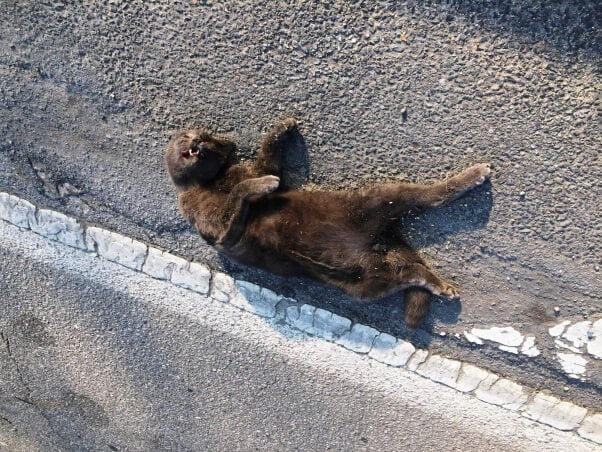
These mostly new “turn-away” policies, reduced intake hours, surrender fees that people can’t or won’t pay, and other barriers that keep animals out of shelters definitely keep euthanasia statistics looking low and appeal to unsuspecting donors and members of the general public, but ask yourself this: What happens to the animals who are turned away over the phone or at the shelter door? They don’t just disappear, and neither do their problems.
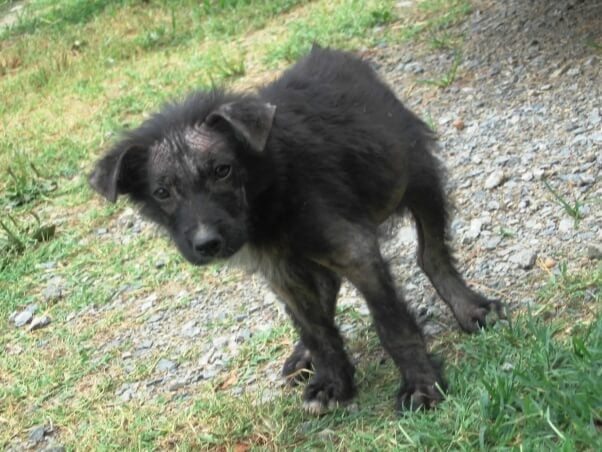
In Hillsborough County, Florida, the local shelter is reportedly making it so difficult for people to surrender animals that residents are dumping dogs and cats outside of animal hospitals. When a local animal hospital manager called the shelter about dropping off one such abandoned dog, she was told that she would have to wait until the following day and only during the few hours that the shelter would accept animals from the public. The woman explained that she couldn’t keep the dog because she would be working during those hours and that she already had three dogs of her own, but the shelter reportedly offered no help. “There was no compassion, no empathy, no solution,” the woman explained. “It was just do what you need to do.” A local veterinarian had a similar experience when she asked the shelter if she could deliver a cat who had been abandoned outside her office. The veterinarian reported, “And I said, ‘Well, I can’t keep this cat. What am I supposed to do,’ and they told me to just let [the cat] out.”
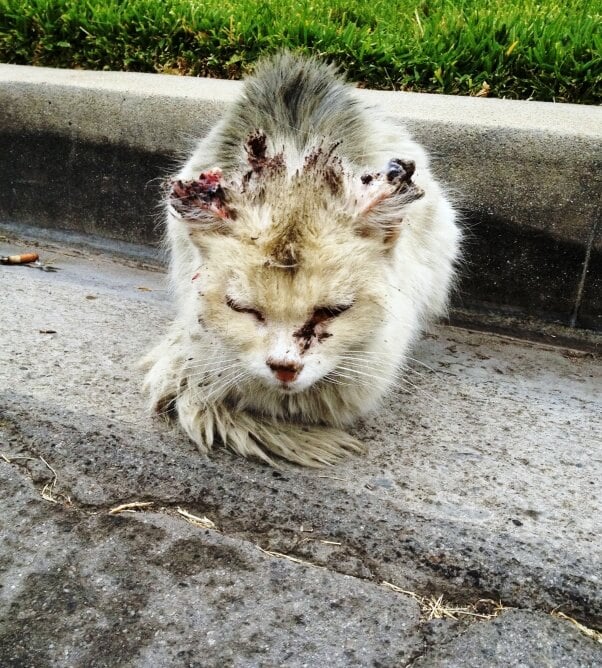
Euthanasia is far from the worst thing that can happen to animals who are suffering beyond hope, are geriatric with no quality of life, are dangerously aggressive, or have no hope of finding a good home. It’s an overdose of anesthetics that causes an animal to fall asleep, with no pain, and simply never wake up. It’s the way most people hope to go—peacefully, in their sleep. Yet “no-kill” campaigners have so relentlessly demonized euthanasia and the shelters that perform it that many shelters shirk their duty to homeless animals, rather than be bullied and derided by people who demand “life at any cost.”
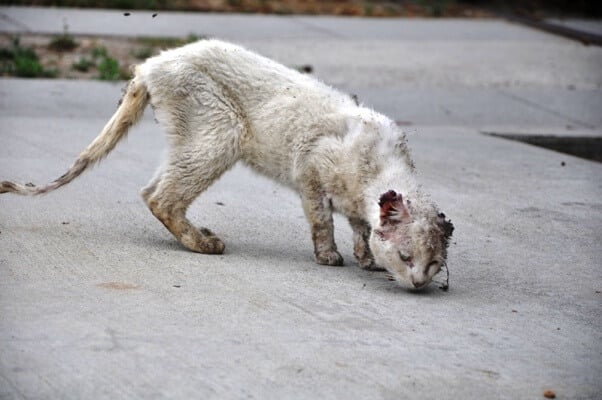
In Creswell, Oregon, there is no place for the public to take unwanted cats. The city contracts with a shelter in a neighboring city, but that shelter requires cats to be held for five days before it will accept them—and then, it will take cats only if there is room, they are deemed adoptable, and the person surrendering them makes a donation.
Hearing what sounded like a baby crying inside a dumpster behind Creswell’s City Hall, a woman lifted up the lid to find a kitten tied inside a mesh onion bag and meowing frantically. The kitten was suffering from a respiratory illness and was so infested with fleas that the water ran red when she was bathed. A rescue volunteer who helped care for the kitten said, “[W]e see usually a lot worse things; usually they’re dead.”
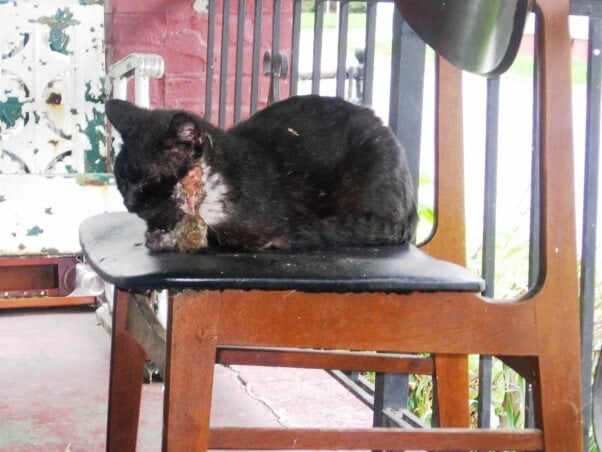
When shelters refuse to accept animals, it doesn’t magically make the public responsible and able to care for them. People do horrible things—with and without malice—when shelters refuse to take unwanted animals from them, and animals suffer for it. It’s vital that dogs and cats in every community have a safe haven that accepts all animals in need, no questions asked and no fees charged. Please urge your local shelter to become (or remain) open-admission.
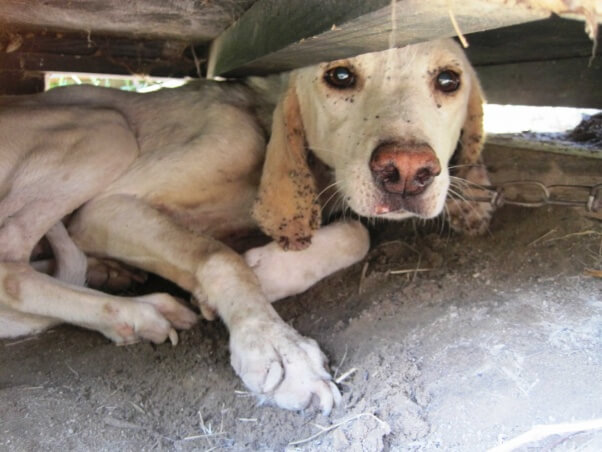
This post is part of a series exploring the problems associated with “no-kill” shelter policies. To learn more, please read our other posts on this issue:

